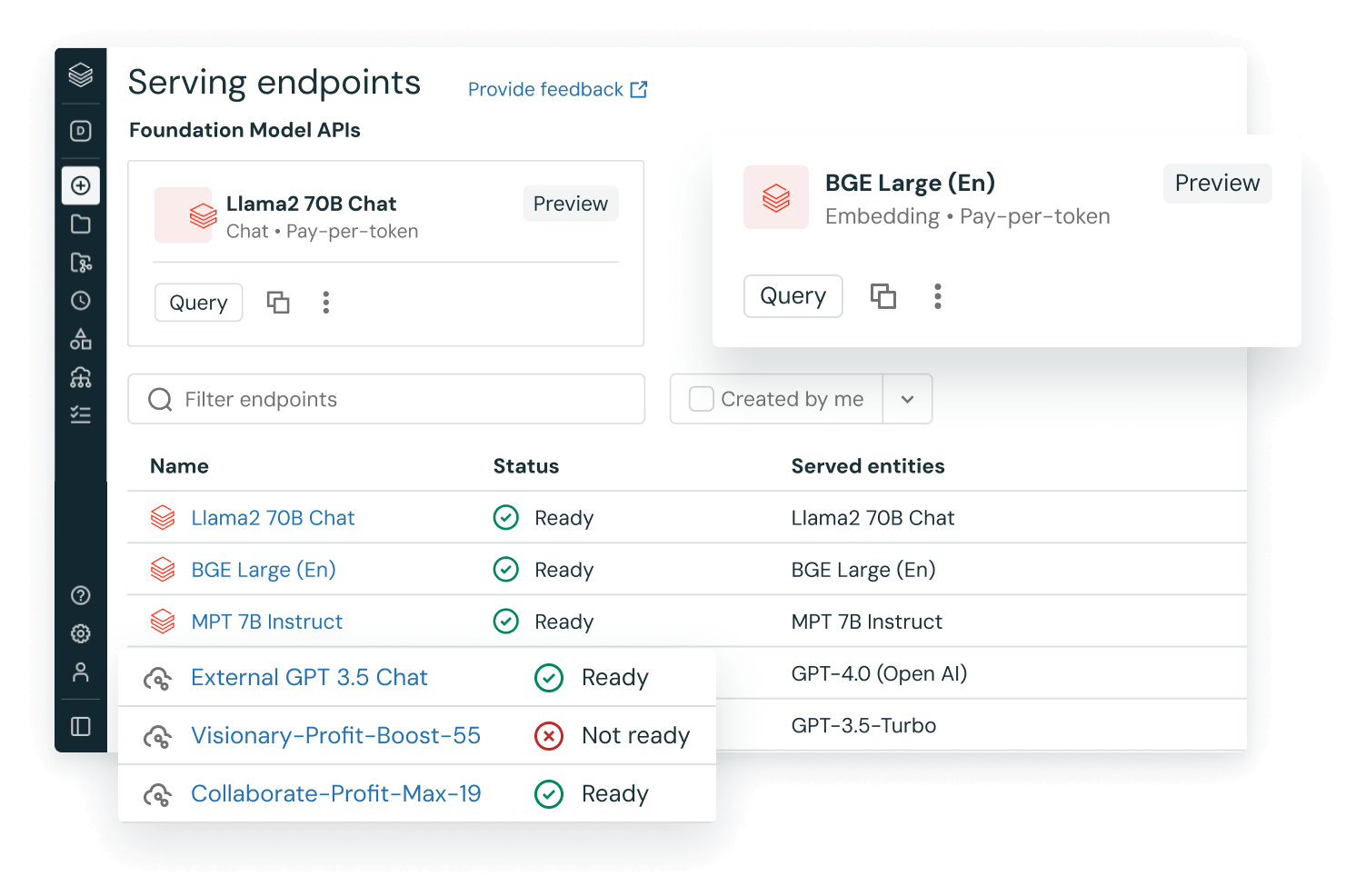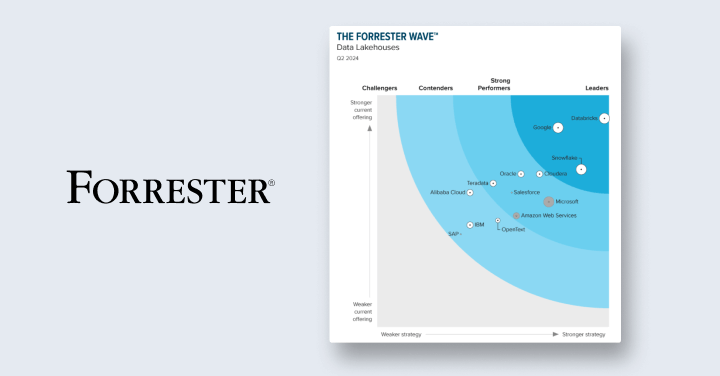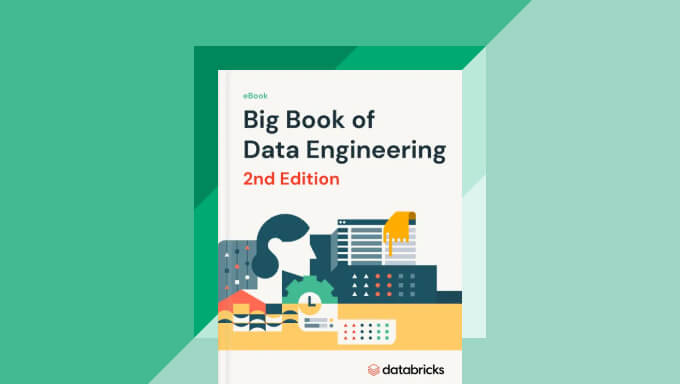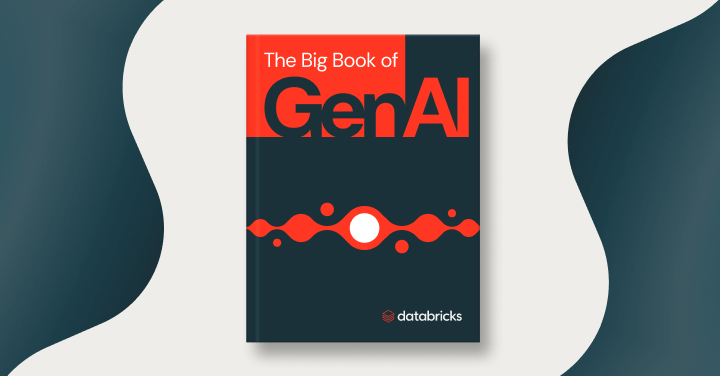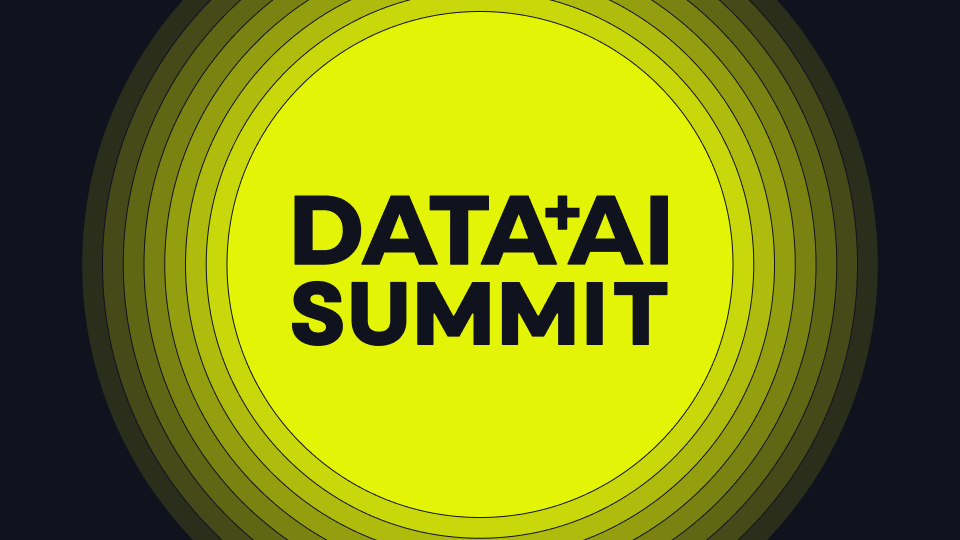Your data. Your AI.
Your future.
Own them all on the new data intelligence platform

JUNE 10–13 / SAN FRANCISCO
Built by data and AI pros for pros
Choose from 500+ sessions plus training and networking.
The Databricks
Data Intelligence Platform
Databricks brings AI to your data to help you bring AI to the world.Unify all your data + AI
Industry leaders are data + AI companies
Plug into what you already use
Speed up success in data + AI
The Databricks Data Intelligence Platform integrates with your current tools for ETL, data ingestion, business intelligence, AI and governance. Adopt what’s next without throwing away what works.
More than meets the AI
Ready to become a data + AI company?
Take the first steps in your transformation
